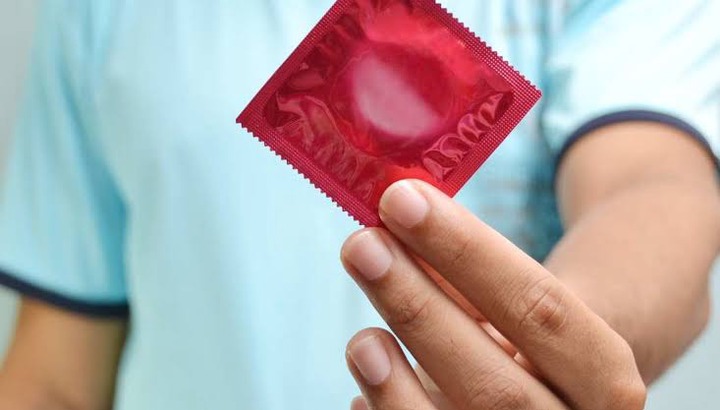
Condoms protect against diseases that can be transferred through sexual activity, and while this is true, it is also important to realize that condoms cannot protect against every sexually transmitted virus.
According to healthline. This is because of the way these infections work and where they show up. We’ll look at a few of these illnesses fast…
1. GENITAL HERPES.
An STD called genital herpes is characterized by genital blisters and discomfort.
Herpes genitalis is a fairly prevalent STD that is also extremely easily transmitted. There is currently no cure for the disease, but there are therapies that can aid those who suffer from it.
2. MOLLUSCUM CONTAGIOSUM.
Infections produced by the Molluscum contagiosum virus are known as molluscum contagiosums. Contact with an infected person or a contaminated material can spread the disease. Virus-infected skin is covered with small red pimples. About two months after infection, the tiny bumps begin to develop.
This illness, like HPV, is known to spread easily and affects a large number of people every year. Fortunately, it’s an easy fix that won’t take long to fix.
3. HUMAN PAPILLOMA VIRUS.
The most common sexually transmitted infection in the world is known as HPV. Most people will become infected at some point in their lives. The infection that causes it, the human papillomavirus, can sometimes appear as genital warts. The presence of these warts on the genitals, which are not protected by a condom, makes infection simple. Even if a person does not have genital warts, HPV infection can still spread through direct contact with the skin.
Warts may fade away on their own if they aren’t treated, but there is no known cure for the virus. The main goal of treatment is to get rid of warts.
Warts and precancerous lesions raise the risk of cancer of the cervix, vulva, vagina, joystick, anus, mouth, or throat over time, making the virus a far greater health hazard than the others.
4. SYPHILIS.
It is possible to contract syphilis through vaginal, anal, and oral sexual contact. Syphilis, on the other hand, is curable.
The first sign of syphilis is a painful, hard sore on the skin. Condoms can reduce the risk of infection, however sores in places that are not covered by the condom can still spread.
5. PUBIC LICE.
Crab lice, or pubic lice, are tiny, blood-sucking insects that live in your genital area. Adults and teenagers with abundant pubic hair are more likely to suffer from this condition. Skin-to-to-skin contact is the primary mode of sexual transmission for pubic lice.
You can also contract the disease by exchanging towels, sheets, and other personal items, as well as through the toilet seat.
Bathing more frequently and shaving more frequently will help reduce the problem, but you should also see a doctor. A lotion or anti-lice shampoo can also be used to eradicate the lice and their eggs.
One method to reduce your chance of developing these infections is to exercise greater caution when it comes to the persons with whom you share a bed. It’s also a good idea to make regular trips to the doctor to ensure everything is in order.


![Blessing CEO stresses that you should only tell your partner things that concern them [Instagram/officialbblessingceo]](https://musbizu.com.ng/wp-content/uploads/2024/02/0db3daa825553a073603f28907b59e01-145x100.jpg)








Leave a Comment